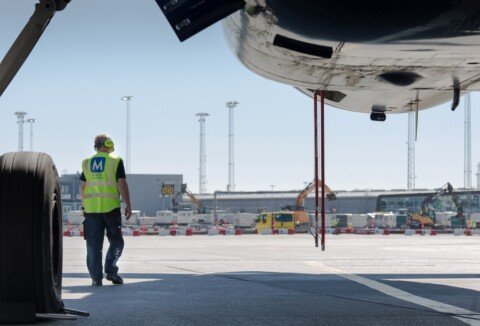The government along with National Bank for Agriculture and Rural Development (NABARD) is working on geotagging all warehouses, cold storages and refrigerated vans in the country for real-time tracking of the location and status of space availability. The data will be captured in a mobile app, which can be used by the government as well as farmers to locate the nearest warehouses and store their produce, reducing the risk of wastage. This will also help curb distress sale by farmers and help them get a remunerative price for their produce by timing their sale rightly.
More importantly, this ties well into the government’s plan of amending the Essential Commodities Act (ECA). For the uninitiated, the state has long aspired to keep food prices in line with the help of the ECA. This law allowed the government to moderate the supply and storage of certain essential commodities (like pulses, onions, fruits, and vegetables) by imposing stocking limits. Meaning, the government could force traders to immediately dump supplies if they were suspected of hoarding. Or in most cases, if the government sensed prices were on the rise.
“We have mandated NABARD to identify and geotag the agri storage infrastructures (ASIs) across the country. So far, a survey of 82,000 ASIs has been completed out of 1.08 lakh structures identified across the country. After verification, the GPS coordinates and the data will be uploaded on Google Maps for public use,” a Senior Food Ministry Official had said to the national media.
He said the country suffers harvest losses of about 15% due to lack of information on storage facilities.
“As per an estimate we lose Rs 44,000 crore every year due to harvest rot. Even if there are storage facilities available in the vicinity, farmers don’t know about them. With the mobile app, they will have access to information and space status of nearest warehouses, cold storages and mobile refrigerated vans,” said the official.
He added that the total storage capacity in the country is about 162 million tonnes, out of which cold storage capacity is just 32 million tonnes.
“Cold storage facilities are dominated by the private sector. We need more than double the existing capacity to safeguard the interest of our farmers. By providing them proper agri infrastructures, we can encourage them to shift to high-value horticulture produce from food grains which are in excess,” the official continued.
NABARD was tasked in the 2020 Union budget to geo-tag warehousing facilities and cold chain storages. “India has an estimated capacity of 162 million MT of agri-warehousing, cold storage, reefer van facilities, etc. NABARD will undertake an exercise to map and geo-tag them,” Finance Minister Nirmala Sitharaman announced in last year’s budget speech while informing about the task the government-owned institution was bestowed with.
“The idea is that a farmer should be able to locate a warehouse or cold storage unit in the 10 km vicinity to store their produce. They can store the produce and get a warehouse receipt credit. This will help in stopping distress sale by farmers and help them get the right price for their produce,” NABARD Chairman G R Chintala had said to the media when the news surfaced in August last year.
There are an estimated 5 lakh storage structures in the country, of which around 1-1.5 lakh are estimated to be compliant with Warehouse Development and Regulatory Authority (WDRA) norms, Chintala informed.
NABARD has already launched the pilot project to geo-tag warehouses in three districts each of Tamil Nadu and Haryana last year itself. The data about the location of the warehouses as well as the pictures is being captured.
Although NABARD was to complete the geo-tagging of all existing warehouses by the end of 2020 and upload the data on the app, any latest update or information on this is still awaited.







